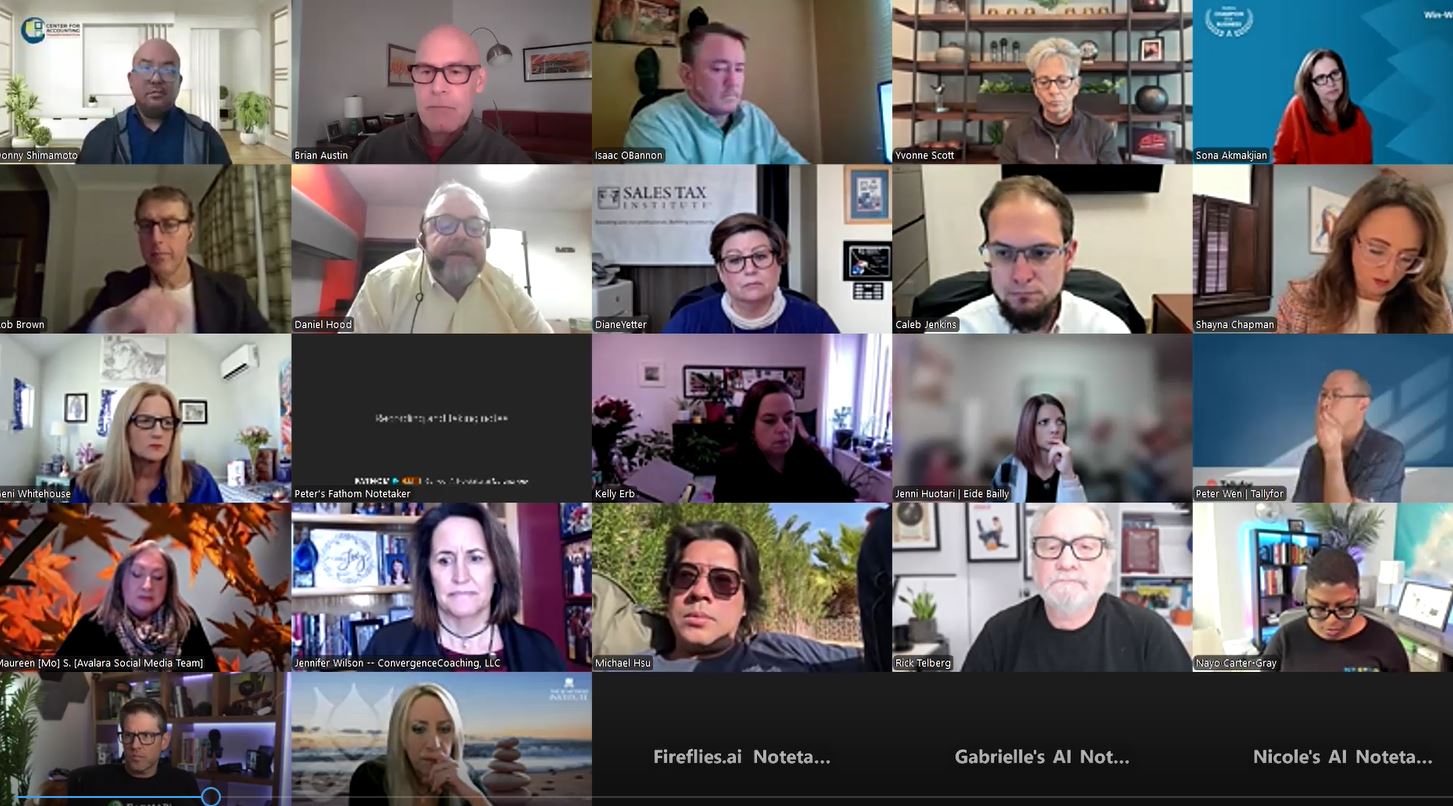Collaboration and leadership. These two concepts are critical to the success of your firm and when you have both working in tandem you accelerate your firm’s results, profitability and growth. Yes, we need strong leaders at the top of the organization but strong leaders recognize they can’t drive success on their own. They build a strong leadership team around them and leverage members’ unique abilities by collaborating with them every step of the way. Below are four strategies your firm can take to build focused, cross-functional teams to improve collaboration and leadership.
Build Your Synergistic Team
The greatest leaders surround themselves with tremendous talent on their leadership team. The most successful firms include their functional department leads in their management teams. IT, HR, and Training & Learning all have a seat at the management table. This ensures that they know what is going on but, more importantly, it taps into their diverse knowledge and perspectives real-time during the decision-making process. Cross-functional collaboration takes place during the decision-making process rather than after the fact.
Align from the Start
The strategic planning process is critical to setting a roadmap towards achieving your firm’s most vital growth initiatives. A collaborative effort between all functional areas of the firm to develop the plan seems like the obvious process, right? Unfortunately, too many firms don’t choose that path. Instead, they work in siloes and fail to communicate the plan once it is developed. The path to up-front alignment in regards to the strategic plan lies in the involvement of the functional department leads in the process. They can’t be expected to develop a strategy for their respective department that supports the overall firm plan if they haven’t been involved in the process or even seen the firm strategic plan.
Look Outside Your Organization
The best firms in our profession realize the wealth of information and experience that exists beyond the barriers of their own organization. They typically join one or more peer communities to gain outside ideas and fresh perspectives. They also recognize the importance of peer accountability in that it’s a lot easier to tell yourself and your team you didn’t accomplish something than it is to tell your peer.
Maintain Alignment
As your firm participates in peer communities and attends training or conferences, it’s important to maintain a collaborative mindset. You’ll often get a bigger return on your investment by having cross-functional attendance at these events. This allows for real-time reconciliation of diverse perspectives based on the same information. You don’t get this when each party attends their own event and then tries to resolve their differences back at the office. What you usually end up with is little to no buy-in and no execution.
Conclusion
The pace of change is increasing in our profession, in our country and in our world. No one can be expected to keep up with the changing environment of practice, technology, HR, tax, etc. issues. True leaders recognize this fact and recruit a network of talented individuals both inside and outside their firm so they have the best information possible to make the best business decisions to improve their firm’s performance, profitability and growth. They are truly collaborative leaders.
Thanks for reading CPA Practice Advisor!
Subscribe Already registered? Log In
Need more information? Read the FAQs
Tags: Firm Management




